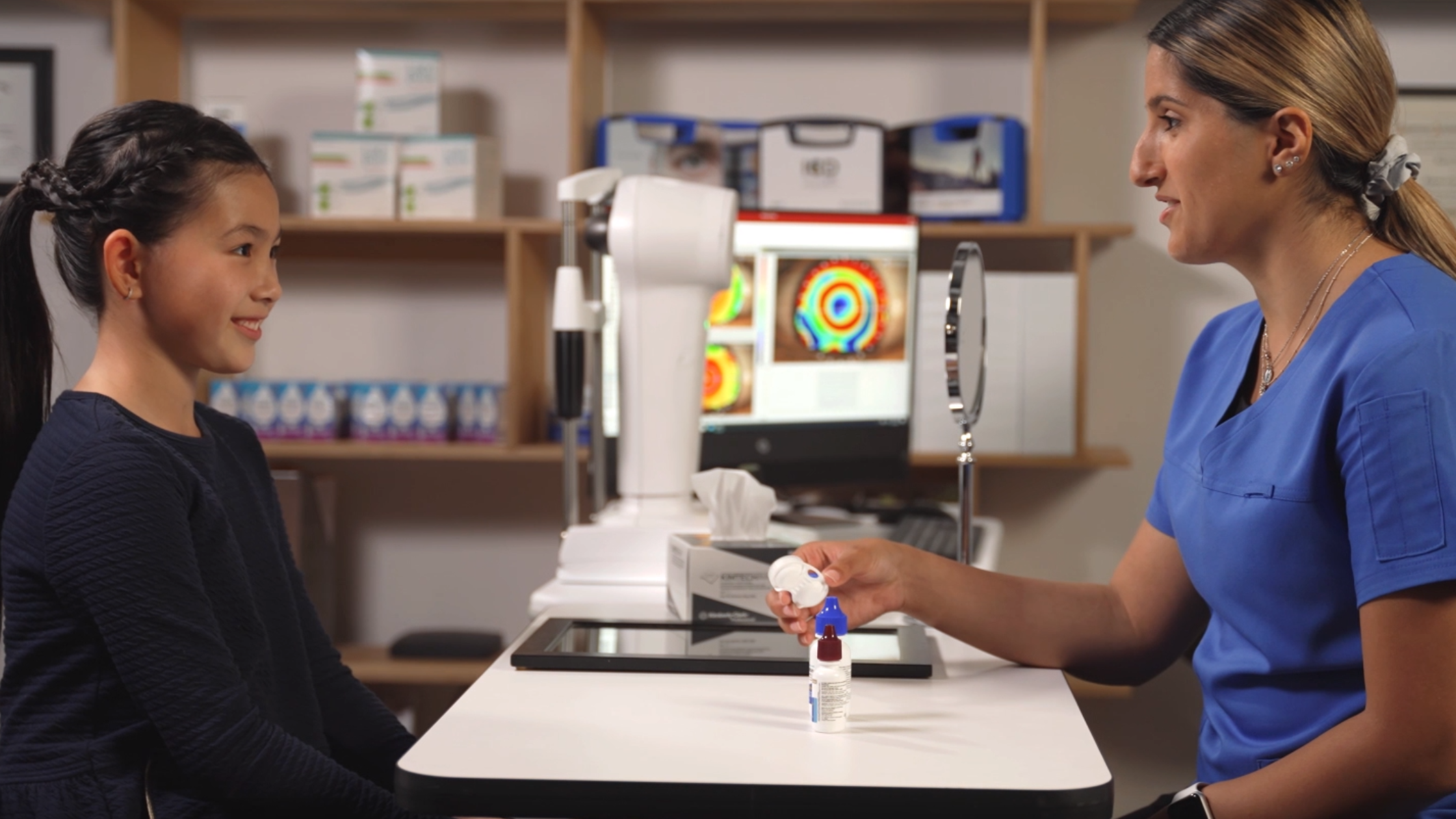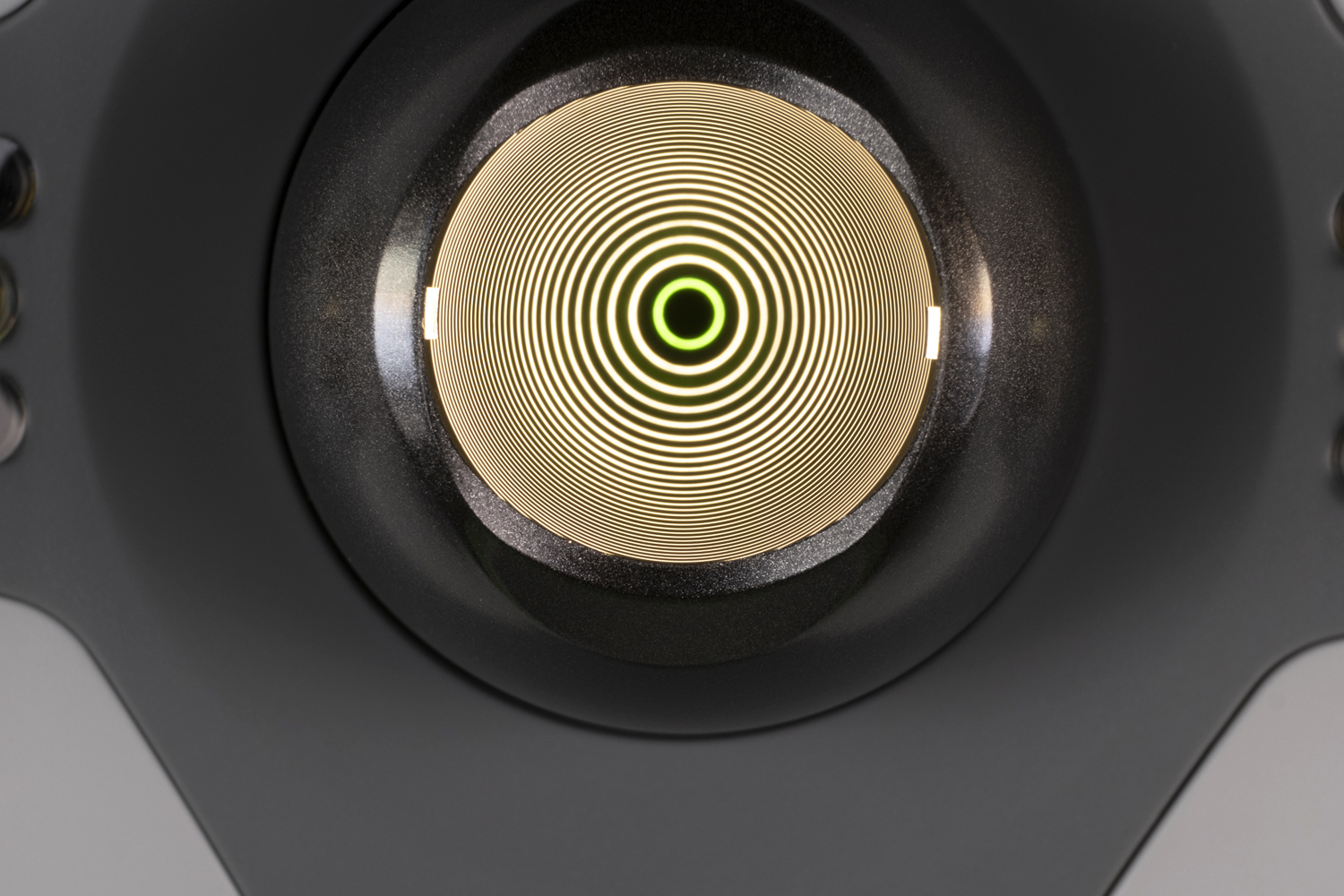
Are you offering ortho-k? It’s rapidly growing in popularity all around the world.
But outdated misconceptions are stopping some practitioners from changing lives and making more money.
Myth: Ortho-k lenses are unsafe.
When ortho-k was new, hypoxia was a theorised concern linked to extended-wear contact lenses. However, the new high-DK gas permeable lenses, when well-fit, create a high oxygen environment for the eye.
The risks for infection are about the same as for extended wear soft lenses, studies show. A review of microbial keratitis cases from ortho-K wear estimated the infection rate at about 7.7 cases per 10,000 patients.
Read: Our top tips for teaching patients contact lens hygiene.

Myth: You can fit ortho-k with K’s and refraction alone.
Many consider topography as the minimum standard of care for ortho-k. In fact, the The American Academy of Orthokeratology and Myopia Control lists topography in their fellowship requirements. Plus, some ortho-k brands won’t sell you lenses unless you have a topographer.
Typically, keratometers only measure the central 3mm. So, by doing it the old-fashioned way, you’re guessing about the most critical zone—where ortho-k lenses land. Try it both ways to quickly see how a corneal topographer is essential for every stage of the patient journey.
Aside from providing reliable information where you most need it, using a topographer for ortho-k means:
✔ It’s faster for ortho-k newbies and busy practices.
✔ You can easily determine candidacy and good from bad cases.
✔ Better understanding of corneal shape for lens selection.
✔ Higher design customisability for more complex cases.
✔ You have a reliable baseline and smart tools for post-fit analysis.

Myth: Any topographer will do for ortho-k
Wrong. Cone size matters. However, bigger doesn’t mean better.
Large cone topographers often extrapolate data in the peripheral cornea, where modern ortho-k and scleral lenses land. You don’t get the full picture. In contrast, the small-cone Medmont Meridia™️ gives you real corneal data where you need it most. Start with a thorough understanding of the corneal surface and a more complete baseline map—the secret to first-fit success.
Read:

Myth: Topography equipment is too expensive.
This one is easy to bust…
Just look at the cost of a pair of ortho-k lenses in a treatment plan—approximately $1500 USD. At that rate, it would only take around 20 ortho-k patients to recoup your Medmont Meridia™ Pro investment.
Now, consider the Meridia™ Pro’s other functions as they relate to services you can offer your patients.
That includes:
- Custom contact lens/ortho-k fittings
- Corneal disease detection
- Ocular health monitoring
- Dry eye assessments
- Specialised dry eye treatments
Read our blog for more on the direct and indirect revenue you can generate with the right topographer.
Myth: Ortho-k is too complicated and time consuming.
Sure, fitting with keratometry and refraction alone can be a lengthy and frustrating process. But topography-based fitting changes the game—pre and post fit.
Use your Medmont Meridia™️ Pro and its software to quickly determine candidacy and lens type, design lenses (or export data to the lab), monitor ocular surface health, track post-fit outcomes—and more.
Plus, with a little training, you can outsource topography capture to your technicians, freeing you to put your focus elsewhere.
Ready to start offering ortho-k?
Congratulations! Contact us to discuss how the Medmont Meridia™ Pro can transform your myopia management practice. Email sales@medmont.com or fill in the form below to request a free brochure.
